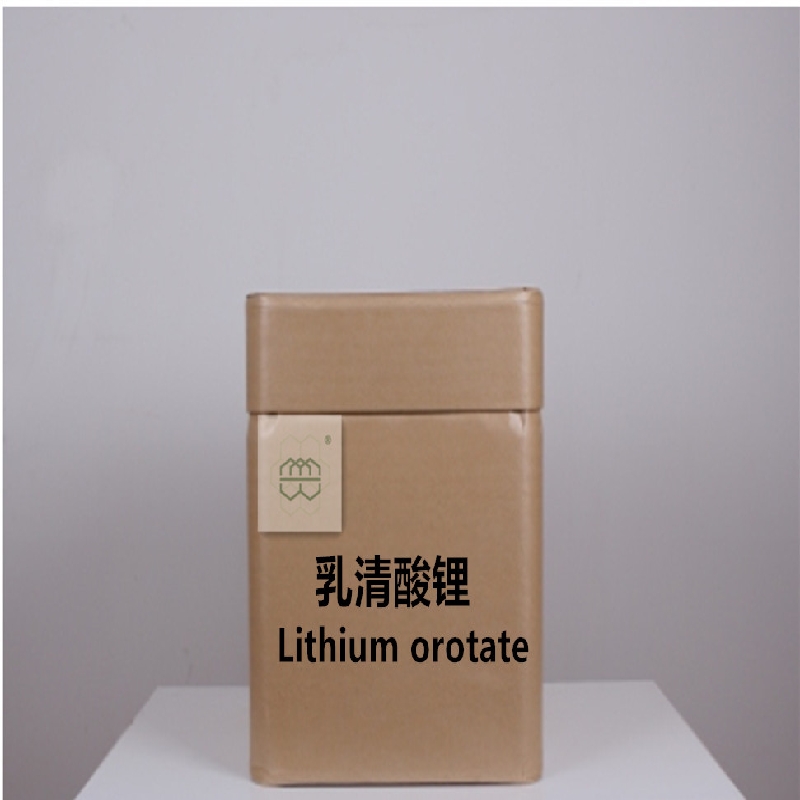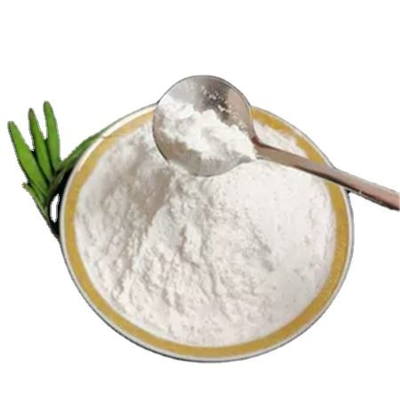-
Categories
-
Pharmaceutical Intermediates
-
Active Pharmaceutical Ingredients
-
Food Additives
- Industrial Coatings
- Agrochemicals
- Dyes and Pigments
- Surfactant
- Flavors and Fragrances
- Chemical Reagents
- Catalyst and Auxiliary
- Natural Products
- Inorganic Chemistry
-
Organic Chemistry
-
Biochemical Engineering
- Analytical Chemistry
-
Cosmetic Ingredient
- Water Treatment Chemical
-
Pharmaceutical Intermediates
Promotion
ECHEMI Mall
Wholesale
Weekly Price
Exhibition
News
-
Trade Service
China is the hometown of tea. Tea is deeply integrated into Chinese and has become an important carrier of Chinese culture. From the ancient Silk Road, the tea horse road, the tea boat ancient road, to today's Silk Road Economic Belt, the 21st century Maritime Silk Road, tea through history, across national borders, by the people of the world love. "Belt and Road" along the country is the world's tea industry production and marketing force. Wang Qing, president of the China Tea Circulation Association, pointed out that China's tea to achieve internationalization, "Belt and Road" is one of its main stage.
the world's most important tea production and marketing
data show that 80% of the world's tea from the Belt and Road countries. In 2016, seven of the world's top 10 tea-producing countries were along the Belt and Road: China, India, Sri Lanka, Vietnam, Indonesia, Turkey and Bangladesh.
"Belt and Road" along not only covered with tea plantations, but also filled with "teacup": the world's largest tea consumer (China), the largest tea importer (Pakistan), the largest per capita tea consumption (Turkey) are gathered here. In the tea trade, nearly 60% of products are exported from countries along the Belt and Road. A large part of these products are imported into their markets by countries along the Belt and Road, such as Russia, Pakistan, Iran, Afghanistan, the United Arab Emirates and Iraq.
belt and road countries cover 4.4 billion people, accounting for 63% of the world's population, the region is the world's most important tea production and consumption areas, containing huge tea-drinking population dividends. In 2016, the GDP of 64 countries along the Belt and Road, excluding China, reached US$12 trillion, accounting for about 16% of the world's GDP.
chinese tea "going out" just in time
in the long history, tea and silk, porcelain together become the most typical Chinese symbol, known to the world.
" the internationalization of Chinese tea is the trend. Wang Qing said that the advantages of Chinese tea are reflected in: First, supply-side reform to enhance product competitiveness. The supply-side structural reform of tea industry enhances the quality of tea products, promotes the innovation of tea production mode, improves production efficiency, and promotes the formation of stronger competitiveness of Tea products in the international market. Second, cross-border e-commerce promotes trade facilitation. In the context of the "Belt and Road" and the digital economy, the cross-border offshore collection center opens a channel for domestic small and medium-sized suppliers to go a country, lowering the threshold for tea enterprises to go international. Third, the rise of the renminbi has brought financial security. With the inclusion of the renminbi in the IMF's SDR basket, more use of renminbi for settlement in the tea trade will help hedge against foreign exchange rate fluctuations. Fourth, infrastructure construction helps international trade. "Belt and Road" along the port, transit station, free trade zone construction makes logistics operation more efficient, China's tea internationalization process accelerated.
Among them, affected by geographical location, consumption habits and other comprehensive factors, China's tea economy and ASEAN are closely linked, China's tea exports to ASEAN countries accounted for 21.18 percent of the total tea exports to countries along the Belt and Road, the export amount accounted for 59 percent of the total, the unit price of $13.49 / kg, the advantages are obvious.
new challenges to the internationalization of Chinese tea
the existing product structure of Chinese tea is facing the challenge of international consumption habits. There are differences at home and abroad in tea structure, brand consumption, product evaluation, drinking style and so on.
Wang Qing explained that the most important way to sell tea in China is through the wholesale market, retail stores, e-commerce and other channels, and the most important way of trading in the international tea market is tea auction, about 70% of the tea trade is sold through the auction market each year. It is reported that the world tea trading center is mainly concentrated in South Asia and East Africa, the world's three most famous tea auction centers are Sri Lanka's Colombo tea auction market, India's Kolkata tea auction market and Kenya's Mombasa tea auction market. And China's tea auction has just started, is still in the trial stage.
price of tea has been hovering around US$3/kg due to factors such as product structure, mode of production and labour situation in producing countries. The average price of tea exports in China in 2016 was US$4.50/kg, which is higher than the international price, but far lower than the domestic price, and the increasing cost of domestic tea production makes it difficult for Chinese tea to occupy a price advantage in the international market.
, Wang Qing said that the existing cultural propaganda of Chinese tea also faces the challenge of international cultural cognition. China's tea culture is closely related to industrial development, is an important support force for tea marketing, product innovation and industrial derivement, so the internationalization of tea as a fulcum needs to first cross the barrier of cultural exchange.
China's brilliant tea revival needs to first raise the quality of the brand
According to statistics, in 2017 the country's total tea production of nearly 2.6 million tons, the total output value exceeded 185 billion yuan, domestic sales of nearly 1.9 million tons, export volume is also a new high, tea garden area growth can be controlled, the tea industry quality and efficiency is obvious, brand effect is growing.
In terms of tea quality and safety, a number of important events have also taken place in 2017: the State Administration of Food and Drug Administration to strengthen the quality and safety supervision of tea; Wang Qing reminded that these events make the tea industry more aware of the importance of quality and safety, while the tea industry put forward higher requirements, in expanding the volume of the industry at the same time, more attention to quality improvement.
2018, the Party's 19th Spring Wind blows all over Shenzhou, we deeply realize that a new era has come. Wang Qing said that Chinese tea enterprises should actively build their own brands, grow from local brands to Chinese brands, and then move towards international brands with global influence, and truly realize the strength of China's tea industry economy and Chinese brands, in addition, tea enterprises should take the initiative to integrate into the "Belt and Road" initiative, adhere to the expansion of import and export categories, the revival of China's tea has been brilliant.
: Lu Yue.







